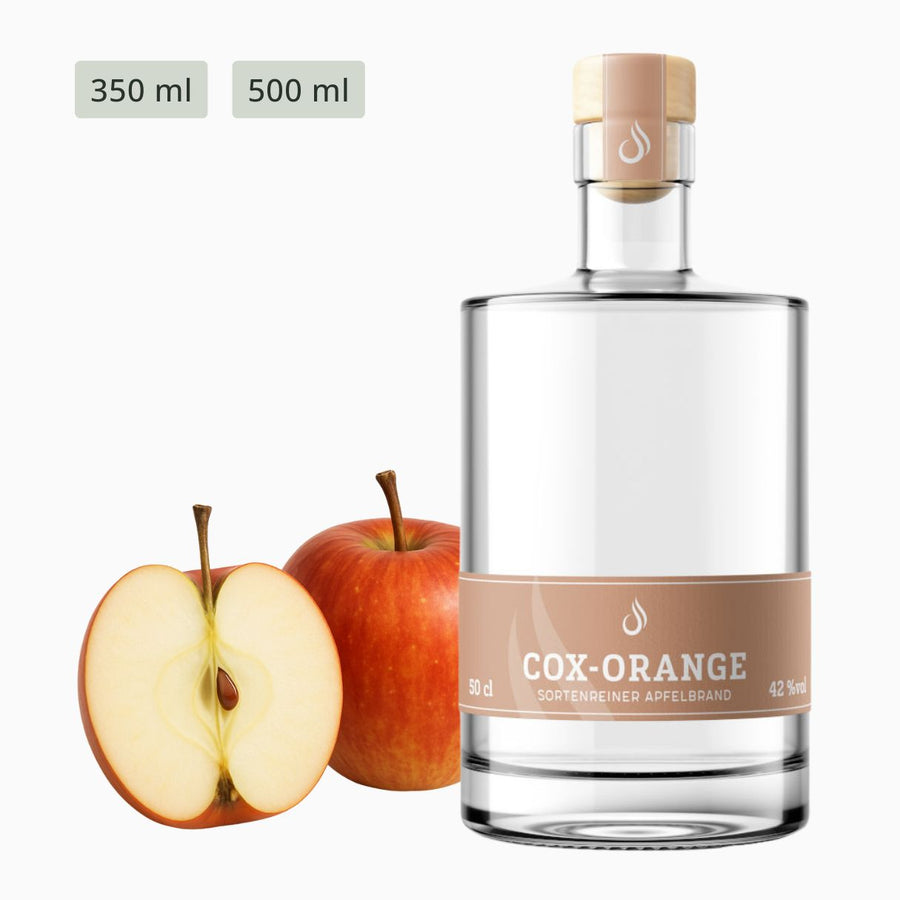Part 2 | Criticism of the WHO report
Criticism of studies on which the WHO report is based
As I read up on the topic, I came across two specific points of criticism in several places:
- Two scientists involved (of the many underlying studies) had a personal bias. This subjective opinion was reflected in the study results.
- Scientists from other positions criticize the validity of the WHO report because it is based on a meta-analysis, not on a clinical study.
The accusation of confirmation bias
The WHO's recommendation is based, among others, on studies by two Canadian researchers: Dr. Tim Stockwell and Dr. Tim Naimi. Both have extensively researched the topic of alcohol and health. Their studies are used by the WHO and the German Nutrition Society (DGE) to justify the zero-alcohol recommendation.
Furthermore, both researchers have close ties to the abstinence movement "Movendi," an organization that campaigns against alcohol worldwide. Movendi works closely with the WHO and aims to completely eradicate alcohol consumption. Critics claim the scientists have their own agenda—that is, a goal they are pursuing with their studies: an alcohol-free society. Because of this motivation, they have explicitly "cherried" studies that support their own opinions. This accusation is, of course, difficult to substantiate—but it is a possibility.
The criticism of the validity of the meta-analysis
The WHO report is not based on its own randomized clinical trials – rather, it is a mixture of different data sources: meta-analyses of prospective cohort studies, individual studies, official statistics and surveys.
Below I have listed the general weaknesses of meta-analyses and cohort studies.
The following list is intended merely as a general point of weakness in meta -analyses and cohort studies. It does not mean that all of the following deficiencies apply to the WHO report.
I couldn't figure out which of the following points are specifically being criticized - except for confirmation bias, and that it is a meta-analysis at all.
Potential weaknesses of meta-analyses
Meta-analyses are considered the "gold standard" in evidence-based medicine, but they are not infallible. While they compile numerous study results, they also include their errors, biases, and limitations. Here's an overview of the most important problems:
The quality of the individual studies determines their significance:
"Garbage in, garbage out": If a meta-analysis includes many weak or flawed studies, the results will be diluted – even with perfect statistics. For example, if many of the included cohort studies inaccurately measure who drinks how much alcohol, the meta-analysis won't provide any clarity.
Heterogeneity of studies:
Studies can vary greatly in methodology, geography, time period, or population. When comparing apples and oranges (e.g., seniors in Japan vs. adolescents in the US), the mean values may not be meaningfully interpretable.
Publication bias:
Studies with "significant" results are published more frequently. Studies that show no effect ("null results") are often not published. A meta-analysis can then paint a distorted picture because it primarily aggregates the significant (often positive or negative) effects.
Selection bias by the authors:
Researchers can unintentionally produce a particular result through study selection and weighting. For example, by:
-
- conscious inclusion or exclusion criteria,
- Selection of English-language literature only,
- Overemphasis on large studies despite methodological weaknesses.
Data inconsistencies and missing raw data:
Not all studies report the same metrics or endpoints. This often forces authors to work with estimated or incomplete data, increasing uncertainty.
Simpson's Paradox / Aggregation Effects:
An apparent overall effect in a meta-analysis may be reversed or eliminated when divided into subgroups. For example, alcohol appears to be generally associated with a lower risk of heart attack—but only in certain age groups or with moderate consumption.
Default settings (Confirmation Bias):
Meta-analyses also depend on the authors' interpretations. In sensitive areas (e.g., nutrition, alcohol, vaccinations), ideological or economic interests can influence the analysis.
Potential weaknesses of a cohort study
What happens in a cohort study?
- A large group of people (the "cohort") is observed over a long period of time – sometimes for many years.
- These people differ in a certain respect, e.g.: some drink alcohol, others do not.
- The researchers then look to see who gets which diseases later on.
- At the end, a comparison is made: Are there differences between the groups?
Important to know:
- A cohort study can show relationships (correlations) but cannot prove a clear cause (causality).
- For example, if people who drink alcohol get sick more often, that doesn't automatically mean that alcohol is the cause. There may be other reasons (e.g., unhealthy diet, stress, the quality of the alcohol consumed).
Comparison:
- Cohort study: "We'll see what happens."
- Experiment (e.g. clinical study): "We intervene and control who gets what."
"Dr. Stockwell's research expertise is essentially epidemiology, the study of populations. You record people's lifestyles, see what diseases they get, and try to correlate the disease with aspects of their lifestyle. But that's just a correlation, an association. Epidemiology alone can never establish causality. And in this particular case, Dr. Stockwell chose six out of 107 studies to focus on. You could say he cherry-picked them."
DGE position paper
The German Nutrition Society published a position paper on the topic in October 2024.
In this position paper, the DGE acknowledges the above criticism:
"The validity of meta-analyses of cohort studies on the relationship between alcohol consumption and overall mortality is severely limited by methodological difficulties. In addition to general difficulties in evaluating the association between alcohol consumption and disease (see section "Limitations of epidemiological studies on alcohol consumption"), further limitations arise with regard to overall mortality. […]"
Conclusion
I find it incredibly difficult to draw a conclusion at this point.
On the one hand , the WHO report is methodologically sound because it uses large, corrected observational data. The central statement—"no safe amount"—is supported by the cancer risk data. At the same time , the criticism of the validity of the meta-analysis is understandable yet weak. Meta-analyses are a completely common type of study and have a right to exist for a reason. Clinical trials may be the ultimate solution, but they are often not feasible in practice.
The debate about moderate consumption remains scientifically controversial. The WHO prioritizes a precautionary perspective, while critics call for a more differentiated risk-benefit assessment. Both perspectives should be considered when making an individual decision.
For me, the WHO's core message remains plausible: The first drop of alcohol can be harmful to health. You can find out my personal stance on alcohol consumption in Part 5 of this series.
What would be the perfect study?
You can't criticize a methodology without offering alternatives. And that's exactly what Part 3 of this blog series is about: the study design of a randomized controlled trial (RCT) on alcohol and health. Be sure to read it – you'll immediately notice that the WHO had no choice but to base its study on a meta-analysis.
Review
Our bestsellers
View all
Author Andrea
Not only do I love distilling, but I also enjoy sharing my knowledge, experience, and passion. In my blog posts, I take you on a journey through everyday life at our distillery and on our small business. Of course, there are also drinks to enjoy along the way.
















Leave a comment